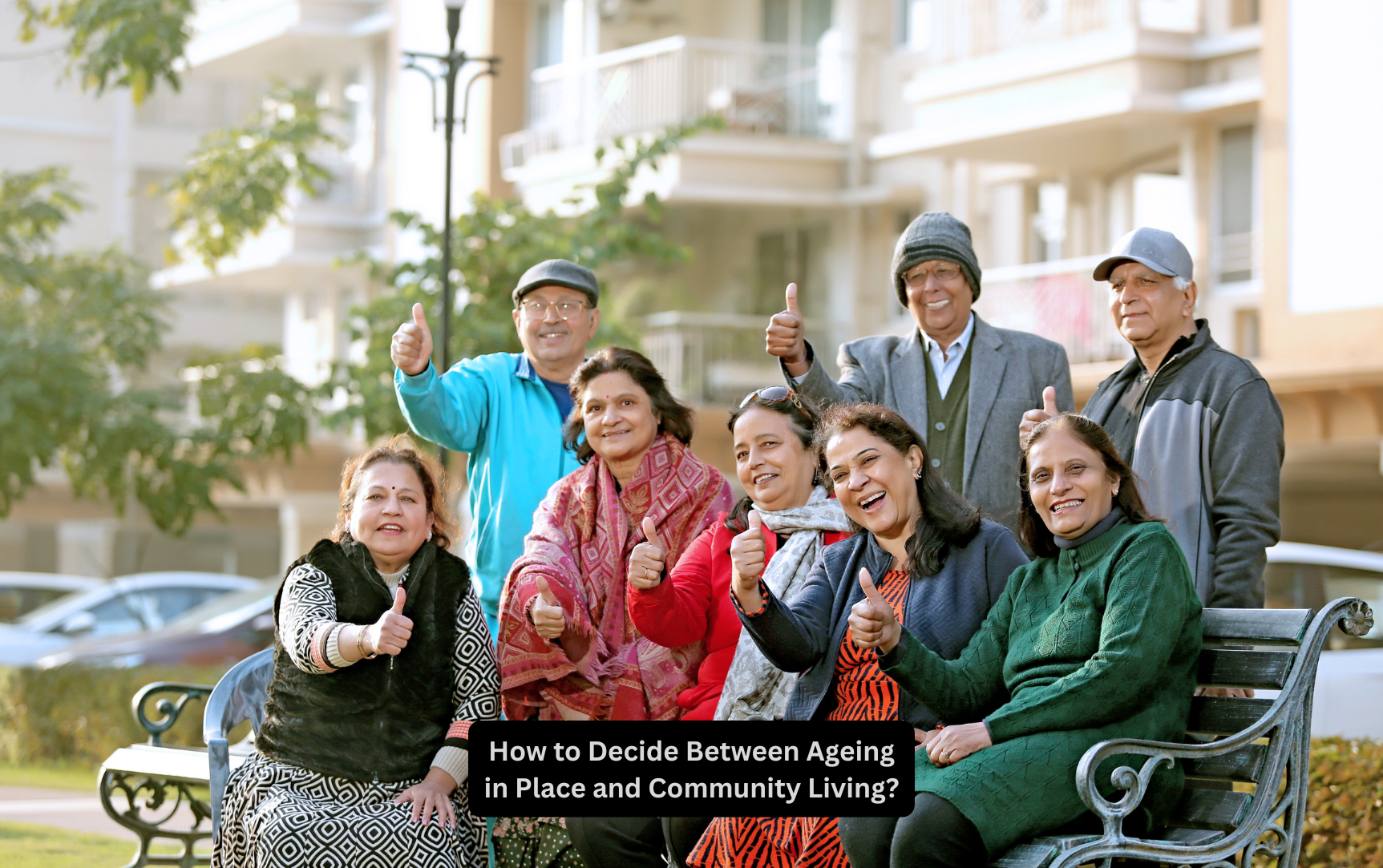
| Lifestyle Factor | Ageing in Place | Community Living |
| Healthcare Access | Depends on local hospitals and availability of support services. | On-site medical rooms, tie-ups with hospitals, regular health camps. |
| Safety | Requires home modifications for safety. | Purpose-built with senior-friendly infrastructure and security. |
| Social Interaction | Limited to neighbours, clubs, or family visits. | Active communities with events, clubs, and group activities. |
| Independence | Complete control over routines and environment. | Independence with added support systems available when needed. |
| Financial Planning | Home ownership reduces housing costs but requires upgrades. | Costs include housing and services, but healthcare and amenities are bundled. |
| Emotional Comfort | Deep attachment to familiar home and surroundings. | A new environment, designed for companionship and lifestyle enrichment. |
Yes, senior living communities are growing in India, offering healthcare tie-ups, safety features, and social activities. Families increasingly choose them for peace of mind and holistic elderly care.
Senior communities typically feature secure infrastructure, on-site staff, emergency response systems, and partnerships with local hospitals. This ensures round-the-clock access to healthcare and safety, giving seniors and their families peace of mind.
Families should consider healthcare access, safety, independence, social interaction, financial planning, and emotional comfort when deciding whether ageing in place or community living best suits their long-term needs.
Ashiana, Ashiana Housing build homes. Homes surrounded by vast green spaces and fresh breeze. Homes cocooned in secured gated complexes. Homes where futures are forged and there are opportunities to grow. And Homes in environments brimming with healthy activity, trust and respect. At heart, we build communities with care.
Other posts by Ashiana
Join 1000+ of fellow readers. Get expert real estate knowledge straight to your inbox absolutely free. Just enter your email address below.